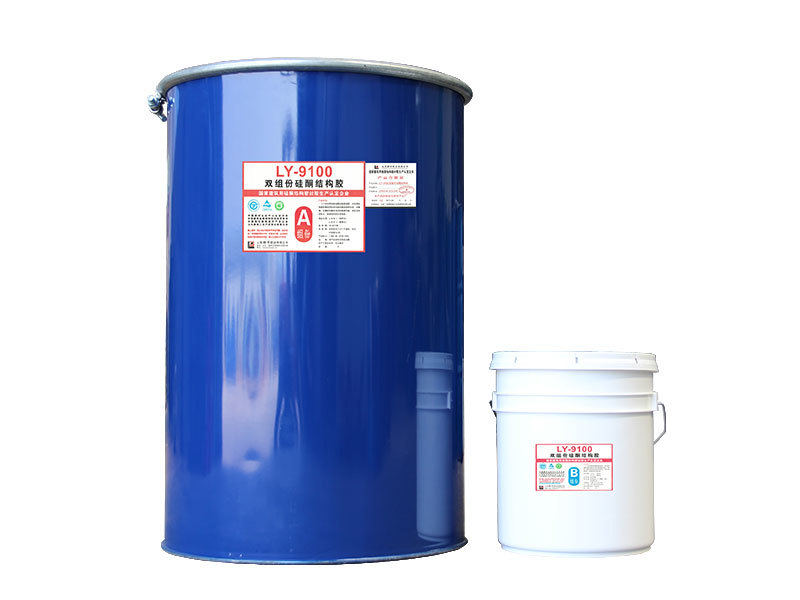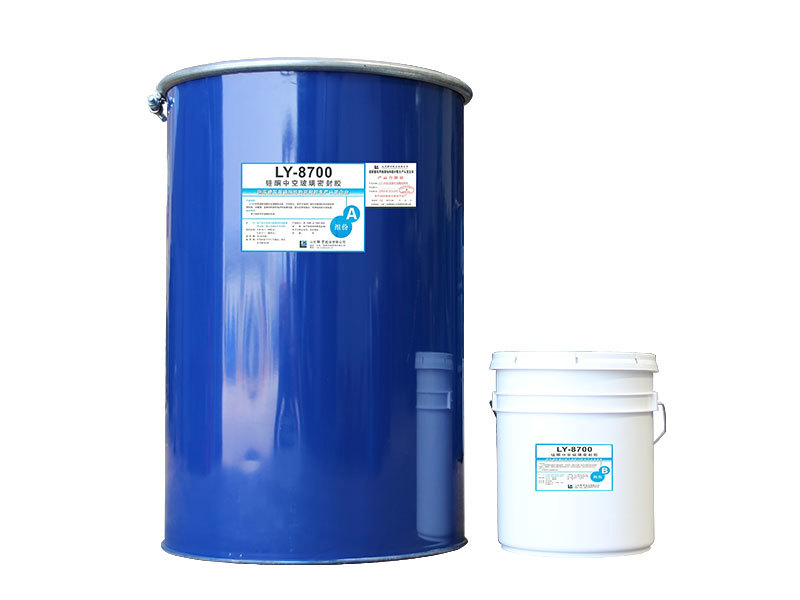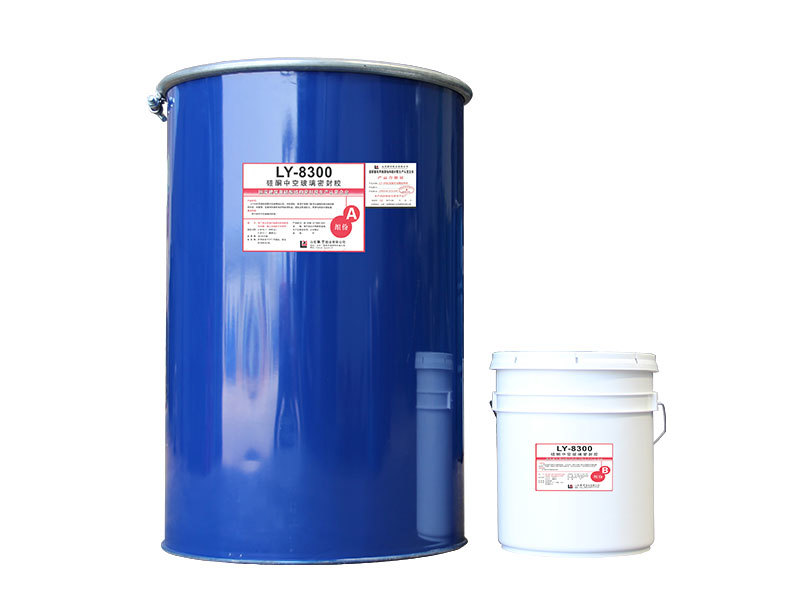Why Neutral Silicone Structural Adhesives Are Essential for Your Construction Projects
Upload Time:
2024-11-09
Why Neutral Silicone Structural Adhesives Are Essential for Your Construction Projects Table of Contents 1. Introduction to Neutral Silicone Structural Adhesives 2. The Unique Properties of Neutral Silicone Adhesives 2.1 Chemical Resistance 2.2 Temperature Tolerance 2.3 Excellent Adhesion 3. Advantages of Using Neutral Silicone Structural Adhesives 3.1 Versatility in Application 3.2 Enhanced Durab

Why Neutral Silicone Structural Adhesives Are Essential for Your Construction Projects
Table of Contents
1. Introduction to Neutral Silicone Structural Adhesives
2. The Unique Properties of Neutral Silicone Adhesives
2.1 Chemical Resistance
2.2 Temperature Tolerance
2.3 Excellent Adhesion
3. Advantages of Using Neutral Silicone Structural Adhesives
3.1 Versatility in Application
3.2 Enhanced Durability and Longevity
3.3 Eco-Friendly Option
4. Key Applications in the Construction Industry
4.1 Bonding and Sealing
4.2 Structural Glazing
4.3 Curtain Walls and Facades
5. How to Choose the Right Neutral Silicone Structural Adhesive
5.1 Evaluating Project Requirements
5.2 Understanding Product Specifications
6. Proper Application Techniques
6.1 Surface Preparation
6.2 Application Methods
7. Frequently Asked Questions about Neutral Silicone Structural Adhesives
8. Conclusion
1. Introduction to Neutral Silicone Structural Adhesives
Neutral silicone structural adhesives are increasingly becoming the go-to choice for construction professionals seeking reliable bonding solutions. These adhesives are formulated to offer high performance in demanding environments, making them ideal for various applications within the construction industry. Understanding the characteristics and advantages of these adhesives is crucial for any successful construction project.
2. The Unique Properties of Neutral Silicone Adhesives
Neutral silicone adhesives set themselves apart from other adhesive types through their unique properties. This section will delve into the specifics that make them a superior choice.
2.1 Chemical Resistance
Neutral silicone structural adhesives exhibit remarkable resistance to a wide array of chemicals, including acids, bases, and solvents. This characteristic renders them particularly valuable in environments where exposure to aggressive substances is a concern. Their ability to maintain integrity despite chemical exposure ensures longer-lasting bonds, thereby enhancing the durability of construction projects.
2.2 Temperature Tolerance
These adhesives can withstand extreme temperature fluctuations, typically ranging from -60°C to +180°C. Such resilience is vital for construction applications where thermal expansion and contraction may occur. By maintaining their performance under varying temperatures, neutral silicone adhesives contribute to the overall stability of structures.
2.3 Excellent Adhesion
One of the standout features of neutral silicone structural adhesives is their exceptional adhesion to a wide range of materials. From glass and metal to wood and plastics, these adhesives provide robust bonds that enhance the structural integrity of the materials used. This versatility makes them indispensable in modern construction.
3. Advantages of Using Neutral Silicone Structural Adhesives
Choosing neutral silicone structural adhesives over other types offers several advantages that can significantly impact the efficiency and longevity of construction projects.
3.1 Versatility in Application
Neutral silicone adhesives can be used in various applications, from sealing gaps to bonding structural elements. This flexibility allows builders to use a single product for multiple tasks, simplifying inventory management and reducing costs.
3.2 Enhanced Durability and Longevity
These adhesives maintain their properties over time, resulting in fewer repairs and replacements. This durability is crucial in construction, where the longevity of materials can significantly affect overall project costs.
3.3 Eco-Friendly Option
Many neutral silicone adhesives are formulated with environmentally friendly components, making them a safer choice for both the planet and the people working with them. This aspect adds value to projects that prioritize sustainability.
4. Key Applications in the Construction Industry
Neutral silicone structural adhesives find numerous applications within the construction sector, each contributing to the overall efficacy and durability of structures.
4.1 Bonding and Sealing
In applications requiring strong bonds and effective sealing, neutral silicone adhesives excel. They can seal joints, gaps, and seams, preventing water infiltration and enhancing energy efficiency.
4.2 Structural Glazing
These adhesives play a vital role in structural glazing projects, where they bond glass to frames securely. Their ability to withstand environmental stresses makes them ideal for such critical applications.
4.3 Curtain Walls and Facades
For curtain wall systems and building facades, neutral silicone adhesives provide the strength needed to support large glass panels while accommodating movement due to thermal fluctuations.
5. How to Choose the Right Neutral Silicone Structural Adhesive
Selecting the appropriate neutral silicone adhesive can depend on various project-specific factors. This section outlines the key considerations in making an informed choice.
5.1 Evaluating Project Requirements
Before selecting an adhesive, it’s essential to assess the specific needs of your project. Consider factors such as environmental exposure, materials being bonded, and performance requirements.
5.2 Understanding Product Specifications
Review product data sheets and specifications to ensure compatibility with your project needs. Take note of factors like curing time, application temperature range, and adhesion strength.
6. Proper Application Techniques
To maximize the effectiveness of neutral silicone structural adhesives, following proper application techniques is crucial.
6.1 Surface Preparation
Proper surface preparation is key to achieving a strong bond. Ensure that surfaces are clean, dry, and free from contaminants such as dust, oil, and grease.
6.2 Application Methods
When applying neutral silicone adhesives, choose appropriate methods such as caulking guns or extrusion techniques that ensure even distribution. Following manufacturer instructions will lead to the best results.
7. Frequently Asked Questions about Neutral Silicone Structural Adhesives
1. What are neutral silicone structural adhesives used for?
Neutral silicone structural adhesives are used in various applications, including sealing, bonding glass in structural glazing, and attaching facades in construction.
2. How long do neutral silicone adhesives take to cure?
Curing times can vary based on product type and environmental conditions, but neutral silicone adhesives typically cure within 24 hours.
3. Are neutral silicone adhesives safe for indoor use?
Yes, many neutral silicone adhesives are low in volatile organic compounds (VOCs), making them safe for indoor applications.
4. Can neutral silicone adhesives be painted over?
While some neutral silicone adhesives can be painted, it is essential to check product specifications to ensure compatibility with paint.
5. How do I store neutral silicone structural adhesives?
Store adhesives in a cool, dry place away from direct sunlight and extreme temperatures to ensure their longevity and performance.
8. Conclusion
In summary, neutral silicone structural adhesives are indispensable tools for modern construction projects. Their unique properties, including chemical resistance, temperature tolerance, and excellent adhesion, make them suitable for a wide range of applications. By choosing the right adhesive and applying it correctly, construction professionals can enhance the durability and performance of their projects, ensuring that they stand the test of time. Embracing this technology not only facilitates superior construction practices but also contributes to a more sustainable future in the industry.
Relevant News



